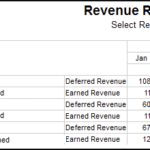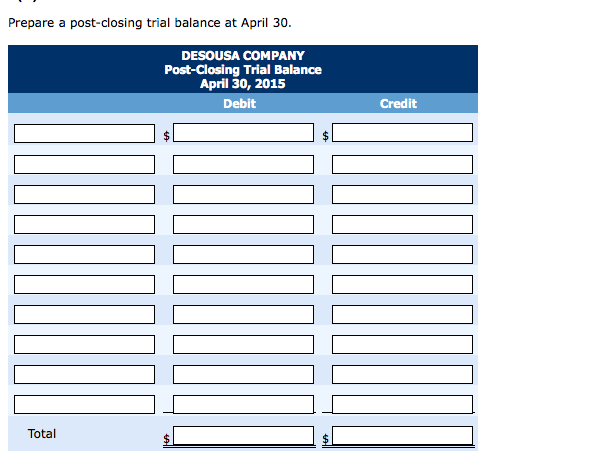Compound Interest Rate Calculator

In the short term, riskier investments such as stocks or stock mutual funds may lose value. But over a long time horizon, history shows that a diversified growth portfolio can return an average of 6% annually. When saving and investing, this means that your wealth grows by earning investment returns on your initial balance and then reinvesting the returns. However, when you have debt, compound interest can work against you.
How We Make Money
When you invest in the stock market, you don’t earn a set interest rate, but rather a return based on the change in the value of your investment. If you left your money in that account for another year, you’ll earn $538.96 in interest in year two, for a total of $1,051.63 in interest over two years. You earn more in the second year because interest is calculated on the initial deposit plus the interest you earned in the first year. See how your savings and investment account balances can grow with the magic of compound interest. When interest compounding takes place, the effective annual rate becomes higher than the nominal annual interest rate.

Three Ways To Compound Your Wealth Faster!
- You can utilize this tool to determine how much you will owe in interest on your debt or estimate how much you will earn in interest on your investments.
- For longer-term savings, there are better places than savings accounts to store your money, including Roth or traditional IRAs and CDs.
- Looking back at our example from above, if we were to contribute an additional $100 per month into our investment,our balance after 20 years would hit the heights of $67,121, with interest of $33,121 on total deposits of $34,000.
- Beginning Account Balance – The money you already have saved that will be applied toward your savings goal.
- The effective annual rate (also known as the annual percentage yield) is the rate of interest that you actually receive on your savings or investment aftercompounding has been factored in.
He enjoys helping people from all walks of life build stronger financial foundations. As a final note, many of the features in my compound interest calculator have come as a result of user feedback. So, if you have any comments or suggestions, I would love to hear from you. Let’s cover some frequently asked bookkeeping for large business questions about our compound interest calculator. Bankrate has partnerships with issuers including, but not limited to, American Express, Bank of America, Capital One, Chase, Citi and Discover.
Investment details
You should compare savings account yields by looking at annual percentage yields (APYs). Comparing APYs means you don’t have to worry about compounding frequency because the effects of compounding are already included in an APY. Comparing APYs will give you an apples-to-apples comparison of yields. This is where you enter how much compound interest you expect to receive on an investment or pay on a debt. The rate of return on many investments is speculative, so entering an average number can give you an idea of fifo vs lifo inventory valuation how much you’ll earn over time. The rate of return you earn on your investments can make a big difference.
We’ll use a 20 yearinvestment term at a 10% annual interest rate (just for simplicity). As you compare the compound interest line tothose for standard interest and no interest at all, you can see how compounding boosts the investment value. The easiest way to take advantage of compound interest is to start saving! Just enter your beginning balance, the regular deposit amount at any specified interval, the interest rate, compounding interval, and the number of years you expect to allow your investment to grow. This flexibility allows you to calculate and compare the expected and trademark office interest earnings on various investment scenarios so that you know if an 8% return, compounded daily is better than a 9% return, compounded annually.
Compound interest takes into account both interest on the principal balance and interest on previously-earned interest. Simple interest refers only to interest earned on the principal balance; interest earned on interest is not taken into account. To see how compound interest differs from simple interest, use our simple interest vs compound interest calculator.
Compound interest is often compared to a snowball that grows over time. Much like a snowball at the top of a hill, compound interest grows your balances a small amount at first. Like the snowball rolling down the hill, as your wealth grows, it picks up momentum growing by a larger amount each period. The longer the amount of time, or the steeper the hill, the larger the snowball or sum of money will grow.
Estimate your savings or spending through our compound interest calculator. Enter your initial amount, contributions, rate of return and years of growth to see how your balance increases over time. The TWR figure represents the cumulative growth rate of your investment. Because many investments do not pay a consistent interest rate, but are rather the average of a fluctuating market, the compound annual growth rate (CAGR) assumes compound growth over time to provide a projected rate of return. Compound interest, on the other hand, puts that $10 in interest to work to continue to earn more money.






